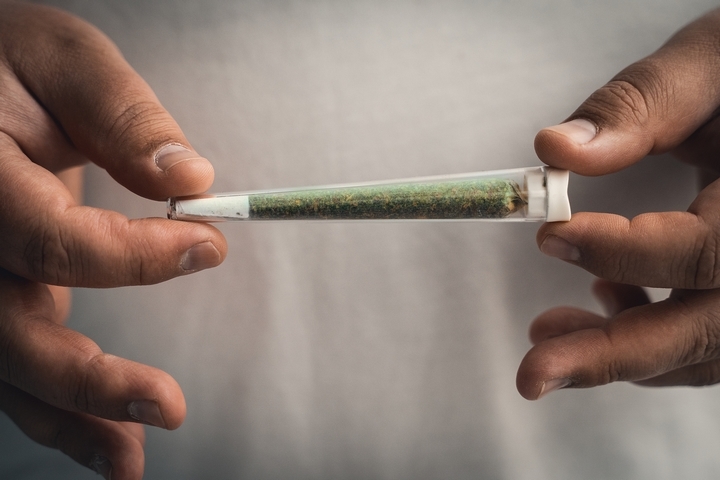Even what seems like the purest water has some contaminants in it. Most of these contaminants are harmless, but others such as arsenic, peptides, mercury or lead are not. Some contaminants may be harmless to health but give the water a bad smell or color. Fortunately, there are several water purification systems. Here are the top four:
1. Activated Charcoal or Carbon Filters
Activated charcoal filters are easy to take care of and inexpensive. The charcoal in the filter absorbs contaminants such as pesticides, lead and harmful bacteria such as cryptosporidium. These water treatment systems come in various sizes that meet the needs of the size of the household. They include units that attach to the faucet to undersink filters to large tanks that clean the water at the point of entry. They can also come as pour-through pitchers. Charcoal filters need to be replaced from time to time, and if the homeowner wants to eliminate cryptosporidium, they’ll need a filter with an absolute pore size no larger than 1 micron.
2. Distillation
This treatment boils the water, collects the steam and recondenses it into clean water. Heavier contaminants such as lead are distilled out, and pathogens are killed by boiling. However, some organic compounds vaporize, recondense and contaminate the distilled water, and healthy minerals such as calcium and magnesium are lost. For these reasons, distilled water may not be ideal for drinking. It’s better suited for cleaning out water dependent appliances such as coffee makers.
3. Ion Exchange
This system is also called a water softener because it exchanges the ions of calcium and magnesium, which makes the water hard, with sodium, which makes it soft. Hard water is undesirable because it shortens the lives of water dependent appliances and leaves limescale on plumbing pipes. In this system, fresh water is flushed through a tank full of resin beads in a saline solution.
An ion exchange should be installed by a professional plumber, and the resin tank needs to be charged with salt from time to time.
4. Reverse Osmosis
This water treatment system removes the most contaminants including organic and inorganic compounds. It also takes out harmful bacteria, arsenic and other poisons. In reverse osmosis water purification systems, the contaminants are stopped by a semipermeable membrane while the water is allowed to go through to the home’s fresh water lines. Reverse osmosis systems have several components, and it’s best to let a professional plumber install them.
Though one drawback of reverse osmosis is that it wastes a great deal of water, systems are being developed to waste less water. Manufacturers are also trying to make reverse osmosis systems more energy efficient as well as environmentally friendly. You can visit Global Hydration for additional information and insights.




